Having fled Bug City, a popular zoo in South Korea’s Seongnam, a runaway ostrich, who goes by the name Tadori, was found running between cars in the heart of the city.
While the 4-year-old male ostrich escape route is unclear, with many believing it to be through a narrow gap between fences, it managed to cover 1.6 miles of congested streets before being safely caught and returned to its pen.
According to the zoo’s owner, Choi Yun-joo, Tadori’s mate, Tasooni, passed away around a month ago, and he’s been lonely ever since.
Where Ostriches Can Be Found in the World:
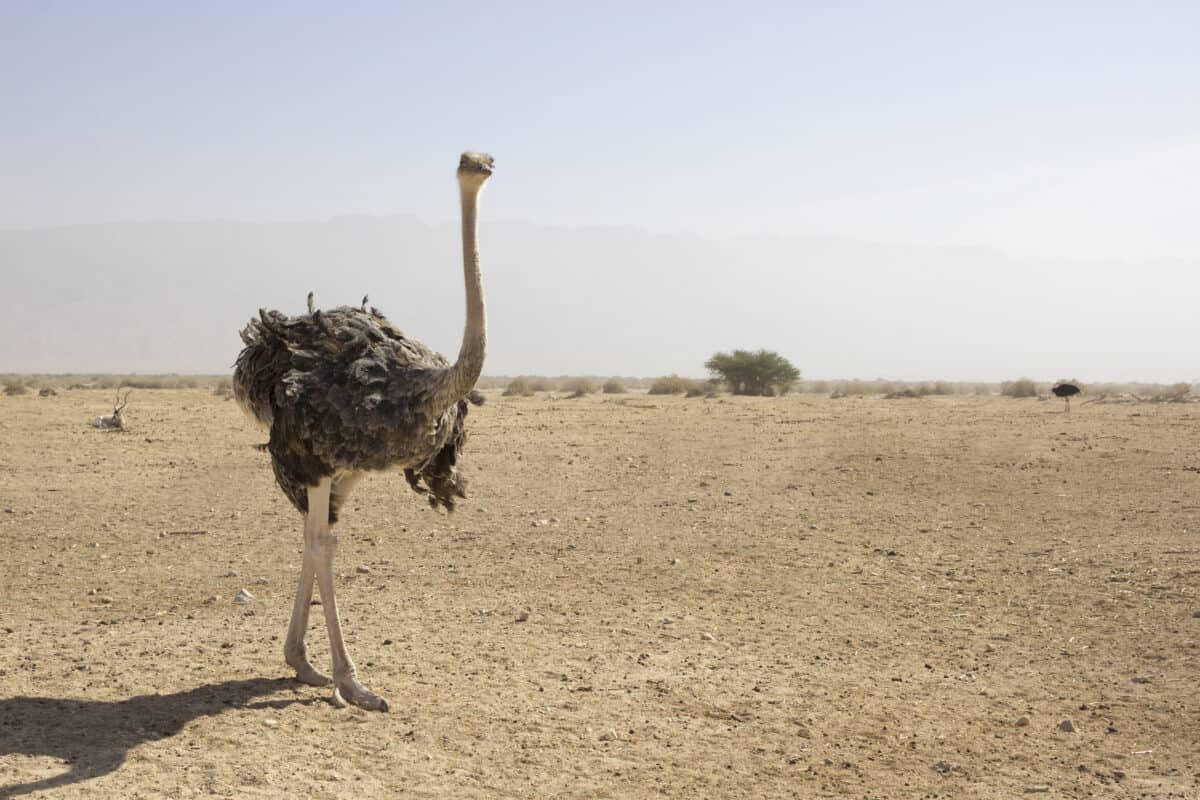
Renowned for their large egss, Ostriches are native to the savannas and desert regions of Africa, from South Africa and Namibia, to Botswana, Zimbabwe, and Kenya. In fact, the Savannah alone stretches across over thirty borders.
Large, flightless birds, they are synonymous with the African continent; for instance, South Africa is littered with ostrich farms. Adaptable creatures, they can thrive in diverse environments including grasslands and semi-desert regions, withstanding extreme heat..
While they’re native to Africa, ostriches are found across the world where they have been introduced or raised in captivity. As the demand for ostrich products like meat, feathers, and leather grow, farming these birds has become desirable in countries such as the United States, Australia, China, and various European nations. I wonder who has the most runaway ostriches?
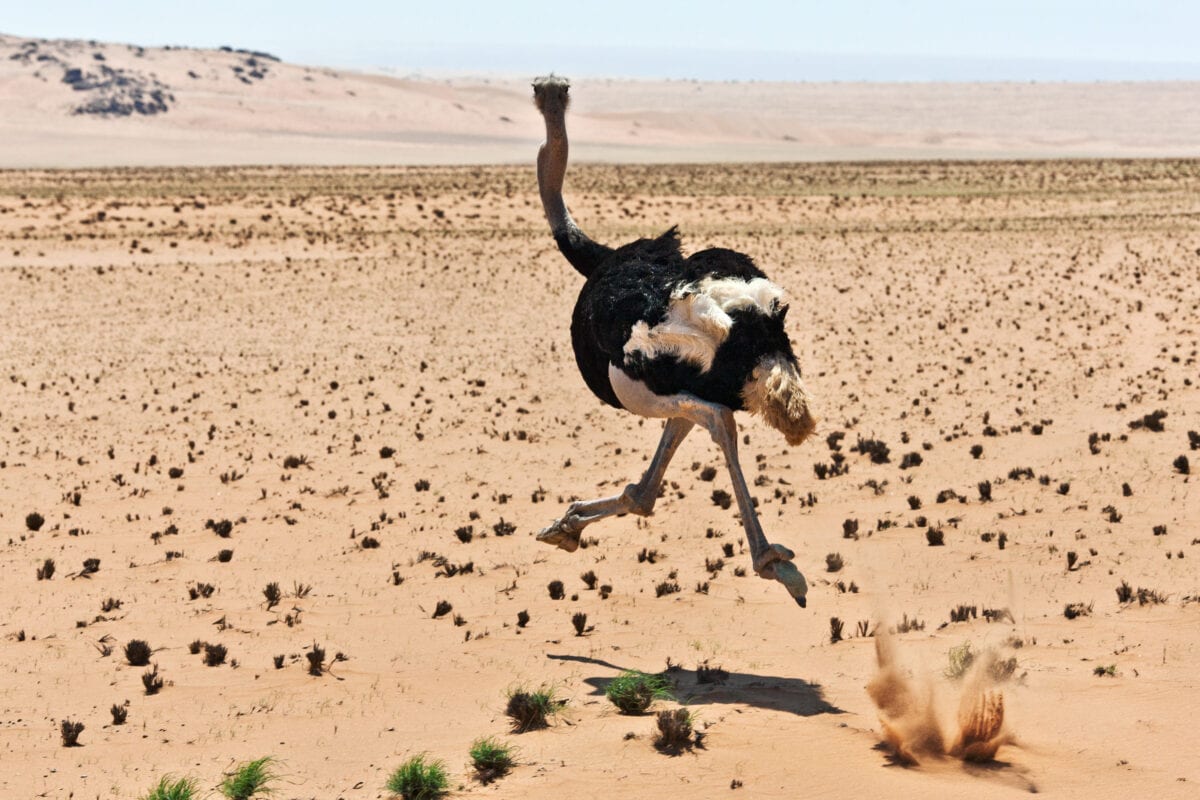
Predominantly associated with open habitats, they are capable of surviving in a myriad of environments, including grasslands, scrublands, and even agricultural areas. However, their preference is areas with easy access to water sources for drinking and bathing, making semi-arid and arid landscapes particularly suitable for their survival.
Ostrich Diet and Feeding Habits:
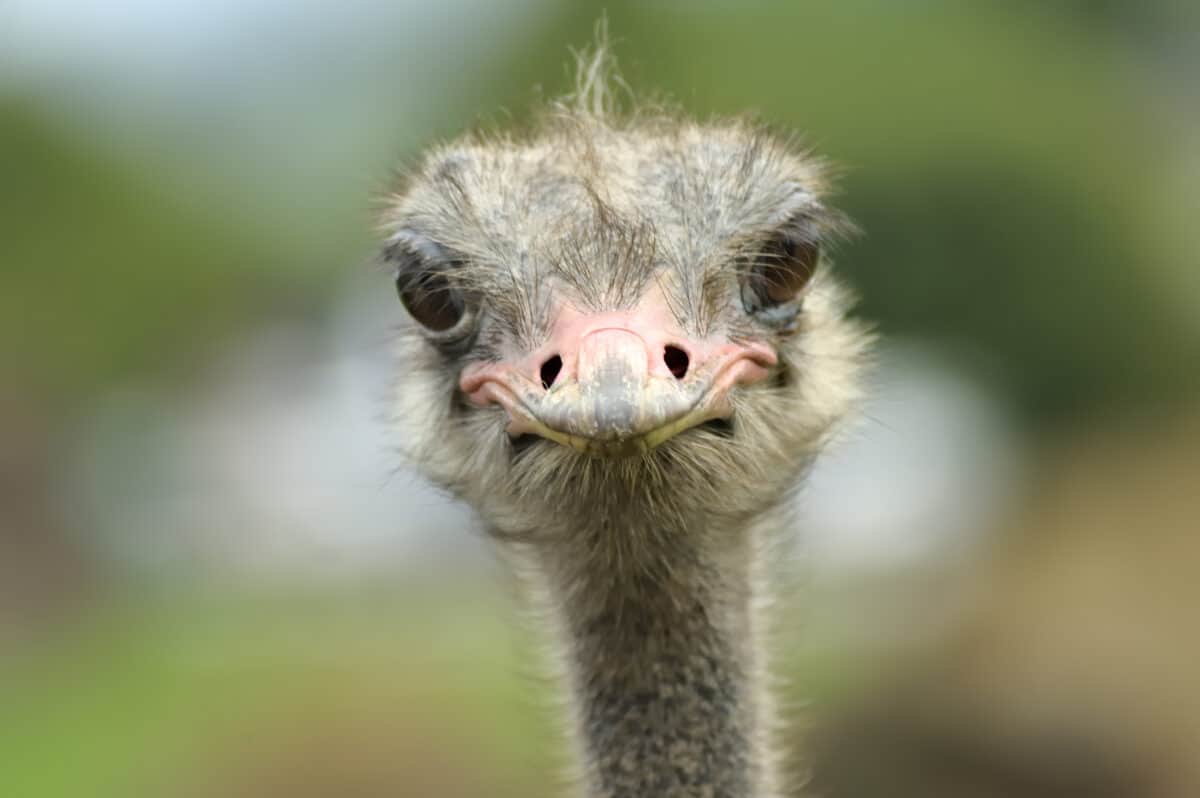
A complicated omnivore, like a naughty vegan, ostriches have a diverse diet, primarily made up off plant matter and small animals, however, they predominantly feed on a plethora of vegetation, such as grass, leaves, seeds, and roots. Their highly efficient digestive system allows them to extract nutrients from fibrous plant material, making them well-adapted to grazing on coarse grasses and tough vegetation found in their natural habitats.
Regarding small animals, they’re known to eat insects, small mammals, and reptiles; however, this is usually last resort, such as during periods of scarcity or drought. Overall, they are opportunistic feeders and will consume whatever food sources are readily available in their environment.
On ostrich farms, their diet is carefully managed to ensure optimal growth. They are typically fed a balanced diet consisting of grains, pellets, and supplements formulated to ensure there nutrition intake is high. Additionally, access to fresh water is essential for ostriches, as they require ample hydration to thrive.
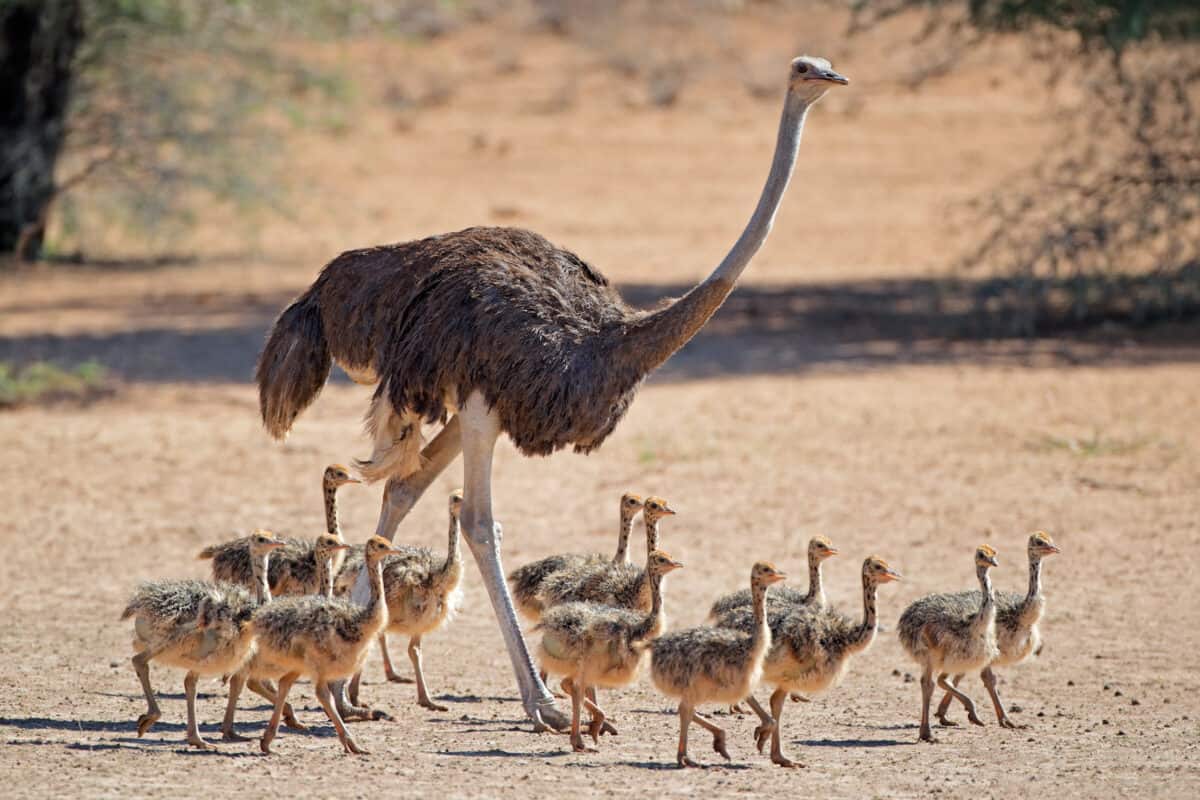
Overall, ostriches are adaptable and resourceful feeders capable of thriving on a diverse range of food sources, making them well-suited to various environments around the world.
If you wish to continue reading, you may enjoy these pieces:
- Angry Ostrich Chases Two Cyclists
- Animals That Start With O
- Giraffe Dominates Over Lion in Savannah Showdown
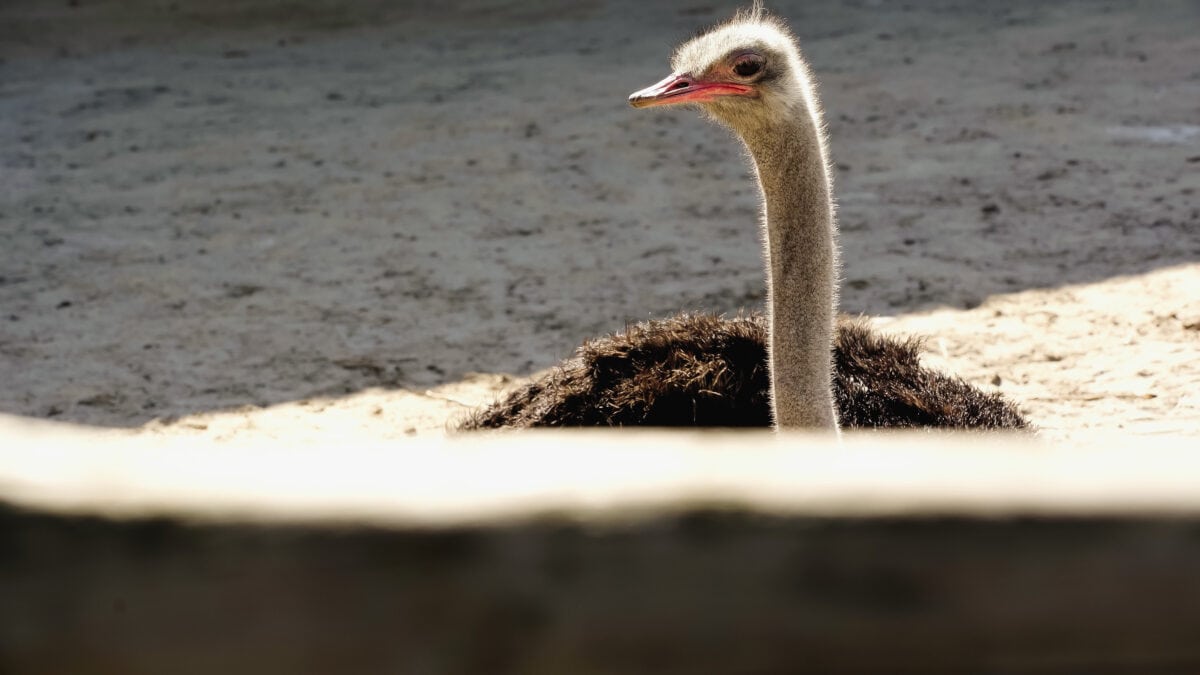
Join our Forum for free today!

- Second American Killed by Elephant in Zambia This Year - July 22, 2024
- Elderly Man Kills Grizzly Bear in Montana - July 22, 2024
- Missing Cat Found Weeks Later, 40 Miles Away - July 21, 2024

